دستگاه XRF مدل H500
تماس بگیرید
ویژگی های کلیدی محصول
- دستگاه XRF مدل H500
بررسی اجمالی محصول
دستگاه XRF مدل H500
نقد و بررسی : دستگاه XRF مدل H500
دستگاه XRF مدل H500
طیف سنج های پیشرفته HTEK INSTRUMENT یا دستگاه XRF مدل H500 تجزیه و تحلیل کمی محصولات معدنی را در محل ارائه می دهند ،
در نتیجه زمان دریافت نتایج را از روز به ثانیه کاهش می دهند ، در مقایسه با تجزیه و تحلیل آزمایشگاه وقت گیر.
مواد بازیابی شده از طریق استخراج ، مواد معدنی یا سایر مواد زمین شناسی که از زمین سرچشمه می گیرند
شامل انواع فلزات اساسی – فلزات گرانبها ، آهن ، اورانیوم ، زغال سنگ ، الماس ، سنگ آهک ، شیل نفتی ، سنگ نمک و پتاس است –
همه اینها می توانند به طور موثر باشند توسط HTEK INSTRUMENT تجزیه و تحلیل برجسته ED-XRF تجزیه و تحلیل شده است.
مقررات متعددی میزان ترکیبات سمی و فلزات مجاز به انتشار در جو را محدود می کند.
HTEK INSTRUMENT راه حل های نوینی برای کمک به مشتریان در نظارت بر انتشار گازها و کنترل ایمن خاک و رسوبات در تولید آنها ارائه می دهد.
از تهیه نمونه تا تجزیه و تحلیل جامع ، ما به مشتریان کمک می کنیم تا داده های دقیق را برای تصمیم گیری هوشمندانه در زمینه محیط زیست تولید کنند.
طیف سنج های HTEK INSTRUMENT ED-XRF با هزینه های عملیاتی بسیار کم و بدون نیاز به زمان بر بودن آماده سازی نمونه ها ،
تکنیک و سیستم نهایی را برای تعیین معمول و تحلیلی کمی و معدنی معادن تشکیل می دهند.
تجزیه و تحلیل های HTEK INSTRUMENT عملکرد عالی قیمت همراه با سطح فوق العاده کم تشخیص را ارائه می دهند ، و آنها را به گزینه برتر صنعت معدن و اکتشاف تبدیل می کند.
ردیاب های پیشرفته امروزی امکان تجزیه و تحلیل آسان و مقرون به صرفه عناصر نوری و اکسیدها را در خطوط تولید و میدانی فراهم می کنند.
- برخی از نمونه های کاربردی راه حل های مبتنی بر ED-XRF عبارتند از:
- سیمان ترکیبی از چندین ماده معدنی است. برای کنترل ترکیبات اساسی و خصوصیاتی مانند قدرت ، تنظیم ، زمان و رنگ بسیار مهم است. ED-XRF برای تجزیه و تحلیل اجزای خام ، کنجاله خام ، کلینکر و محصول نهایی سیمان (Na ، Mg ، Al ، Si ، S ، K ، Ca و Fe در سیمان ، کلینکر و غذای خام) استفاده می شود.
- سنگ آهک جز component اصلی سیمان است و به آهک تبدیل می شود. این یکی از رایج ترین مواد معدنی است و ED-XRF روشی محبوب است که برای تجزیه و تحلیل آن استفاده می شود (Na ، Mg ، Al ، Si ، K ، Ca ، و Fe در آهک ، سنگ آهک و دولومیت).
- شن و ماسه نیز جز component سیمان است ، اما عمدتا برای تولید شیشه استفاده می شود. به ویژه برای شیشه سازی آهن کم ارزش است ، که یک برنامه فرعی مهم تشکیل می دهد (Na ، Mg ، Al ، Si ، K ، Ca ، و Fe در ماسه و شیشه)
- خاک رس در انواع کالاهای سرامیکی ، مصنوعات ، آجرها و سایر محصولات نهایی استفاده می شود. نظارت بر میزان Ti و Fe برای کنترل رنگ مهم است. دستگاه های کم هزینه ED-XRF می توانند این تجزیه و تحلیل را انجام دهند ، در حالی که ابزارهای گران قیمت ED-XRF می توانند تمام عناصر اصلی دیگر (Mg ، Al ، Si ، Ca ، Ti ، Fe را در کائولن و سایر رس ها) اندازه گیری کنند.
- بوکسیت ماده معدنی است که سرشار از آلومینیوم است و مهمترین منبع آلومینیوم برای تولید فلز را تشکیل می دهد (Al ، Si ، Ti و Fe در بوکسیت).
- سنگ فسفات منبع اصلی فسفر مورد استفاده در تولید کود و اسید فسفریک است. ED-XRF معمولاً برای اندازه گیری سنگ ، محلولهای اسید فسفریک و کود (P ، S ، Ca ، Fe در فسفات راک و کود) استفاده می شود.
>Introduction
The field of X-ray fluorescence (XRF) spectroscopy is challenging and exciting.
With advantages such as easy sample preparation, nondestructive rapid multi-element analysis, and the ability to screen unknowns in a wide array of sample matrices such as liquids, solids, slurries, powders, pastes, thin films, air filters, and many others; XRF offers a perfect complement to other types of analytical equipment found in the analytical lab.
Energy Dispersive X-ray Fluorescence (ED-XRF) spectroscopy is one of the simplest, most accurate and economical analytical methods for the determination of the chemical composition of many types of materials. The technique, requires minimum if any sample preparation, and is suitable for almost all sample types and shapes (solids, liquids, powders and thin films). In addition to elemental analysis, xrf may be used to measure the thickness and composition of multi-layer thin films.
Specifications
- Analysis method: ED-XRF
- Detector: 25mm2 , 0.3mil,SDD, good energy resolution down to 129eV
- Excitation source: 50KV/100uA miniature Ag-target and end-window integrated X-ray tube
- Elemental range: all elements from Mg to U (Helium purge optional)
- Measurement time: 3-60 second
- Sample type: solid, liquid, powder
- Detection limits: down to ppm level
- Concentration range: 1ppm~99.99%
- Calibration method: Au
- CPU: 667MHz
- Memory: 256M, support external extension of maximum 32G, (standard configuration: 2G TF card)
- Data Safety: administrator mode with password protection, manage data easily
- Ambient humidity: ≤90%
>Application Fields
Mineral Soil and Geology
HTEK INSTRUMENT advanced ED-XRF spectrometers provide on-site quantitative analysis of mining products, thereby reducing the time for receiving results from days to seconds, compared to time consuming laboratory analysis. Materials recovered by mining, minerals or other geological materials that originate from the earth consist of all kinds of base metals – precious metals, iron, uranium, coal, diamonds, limestone, oil shale, rock salt and potash – all of which can be efficiently analyzed by HTEK INSTRUMENT outstanding ED-XRF analyzers.
Numerous regulations limit the amount of toxic compounds and metals that are permitted to be released into the atmosphere. HTEK INSTRUMENT provides innovative solutions to help customers to monitor emissions of gases and safe handling of soils and sediments in their production. From sample preparation to comprehensive analysis, we help customers to generate accurate data for making smart environmental decisions.
HTEK INSTRUMENT ED-XRF spectrometers form the ultimate technique and systems for routine qualitative and quantitative analytical determinations of mining and minerals materials, with very low operational costs and no need for time consuming sample preparations.
HTEK INSTRUMENT analyzers deliver excellent price-performance combined with outstanding low levels of detection, making them the superior choice for the mining and exploration industry. Today’s advanced detectors enable easy and affordable analysis of light elements and oxides in the production lines and in the field.
Some application examples of ED-XRF based solutions include:
1.Cement is a blend of several minerals. It is critical to control the elemental composition and properties such as strength, setting, time and color. ED-XRF is being used to analyze the raw components, raw meal, clinker, and the final cement product (Na, Mg, Al, Si, S, K, Ca, and Fe in Cement, Clinker, and Raw Meal).
2.Limestone is the major component of cement, and is converted into lime. It is one of the most common minerals and ED-XRF is a popular method being used for its analysis (Na, Mg, Al, Si, K, Ca, and Fe in Lime, Limestone, and Dolomite).
3.Sand is also a component of cement, but is mainly used for producing glass. Particularly valuable for glassmaking is low iron, which forms an important sub-application (Na, Mg, Al, Si, K, Ca, and Fe in Sand and Glass).
4.Clays are used in a variety of ceramic goods, artifacts, bricks and other finished products. Monitoring Ti and Fe content is important for color control. Low cost ED-XRF devices can perform this analysis, while high-end ED-XRF instruments can measure all other major elements (Mg, Al, Si, Ca, Ti, Fe in Kaolin and other Clays).
5.Bauxite is a mineral that is high in aluminum and forms the most important source of aluminum for metal production (Al, Si, Ti, and Fe in Bauxite).
6.Phosphate rock is the major source of phosphorus used in fertilizer and phosphoric acid production. ED-XRF is commonly used to measure the rock, phosphoric acid solutions, and fertilizer (P, S, Ca, Fe in Phosphate Rock and Fertilizer).
Application Examples:
Trace element analysis of toxic heavy metals in soils and contaminated land using H500
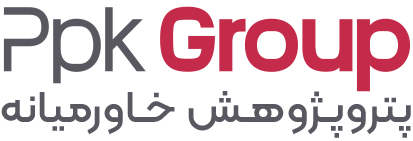

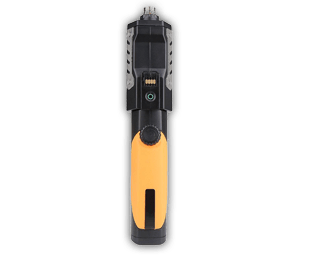
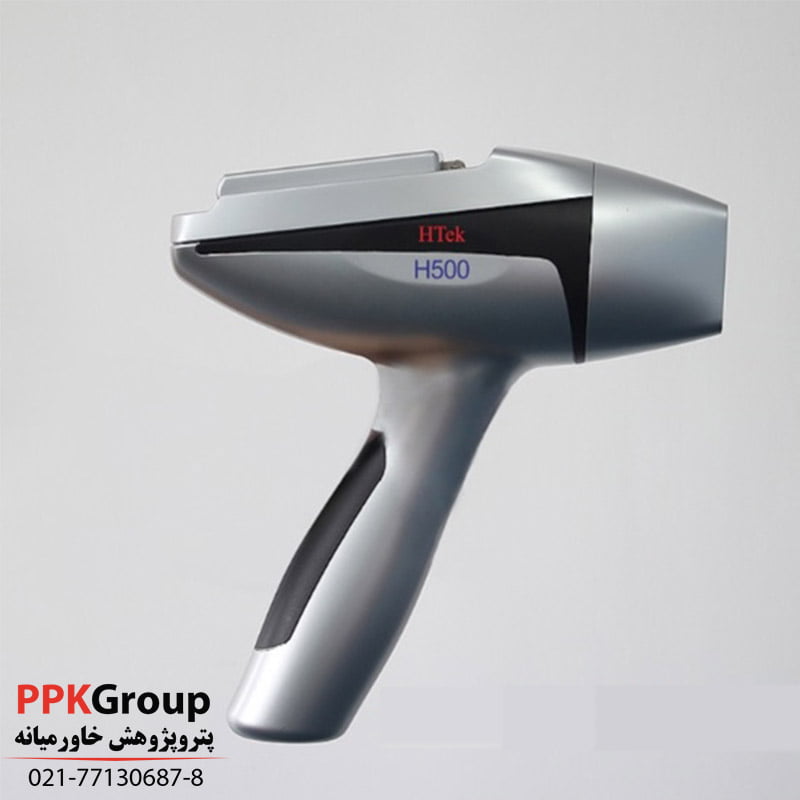
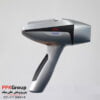
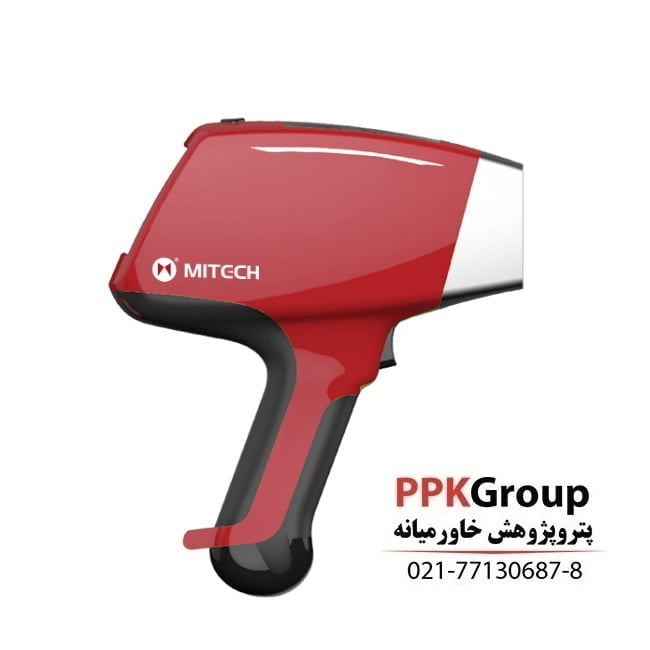
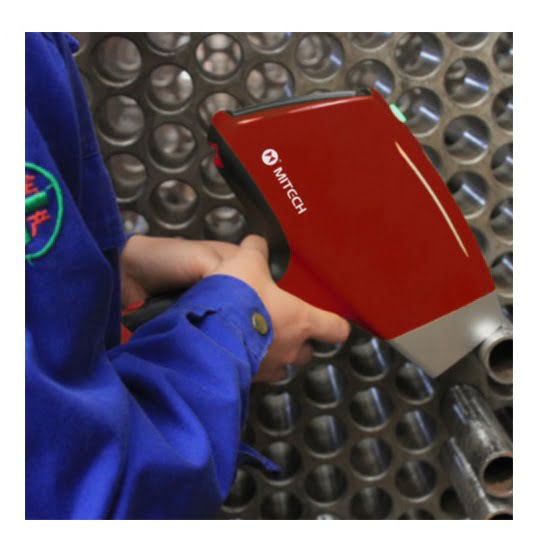
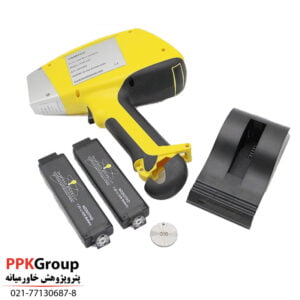
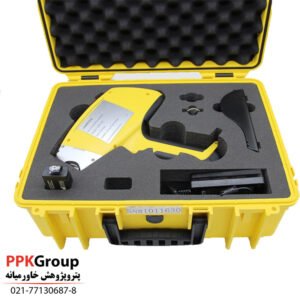
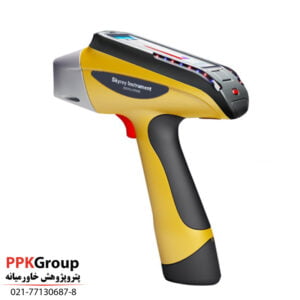
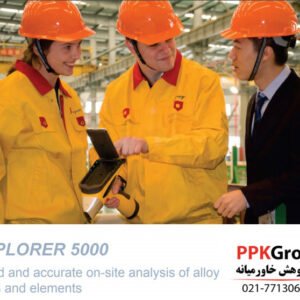
دیدگاهی ثبت نشده.